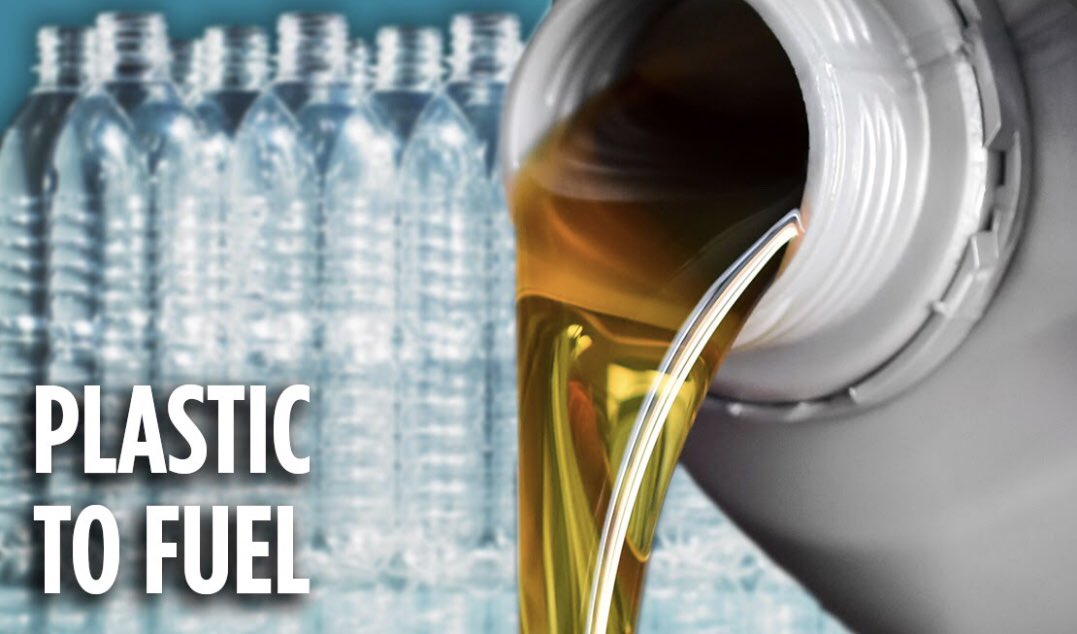From Trash to Treasure: The Transformative Power of US Plastic to Fuel Technology
Introduction: In today's modern world, the issue of plastic waste has reached alarming proportions. However, innovative solutions are emerging to address this pressing problem. One such technology gaining momentum in the US is Plastic to Fuel (PTF) conversion. This cutting-edge process not only reduces plastic pollution but also generates valuable energy resources. Let's delve into the world of US Plastic to Fuel technology and explore its potential benefits and challenges.
Understanding Plastic to Fuel Conversion: Us Plastic to Fuel conversion is a sophisticated process that transforms plastic waste into usable energy sources like synthetic fuels, diesel, or gasoline. Through pyrolysis or gasification, plastic polymers are broken down into simpler hydrocarbons, producing valuable fuels that can be used to power vehicles, industries, and even households.
Environmental Implications and Benefits: The environmental impact of plastic pollution is well-known, with plastics choking marine life and contaminating ecosystems. US Plastic to Fuel technology offers a glimmer of hope by reducing the volume of plastic waste in landfills and oceans. By converting plastics into fuel, we not only save valuable landfill space but also decrease greenhouse gas emissions, as PTF is considered a more sustainable alternative to traditional fossil fuels.
Addressing Energy Security: Energy security is a critical concern for any nation, and the US is no exception. Plastic to Fuel technology provides a domestic and abundant source of energy by utilizing plastic waste that might otherwise be discarded. Reducing dependency on foreign oil and fossil fuels through PTF conversion enhances the nation's energy security and fosters economic stability.
Challenges and Limitations: While the concept of US Plastic to Fuel technology holds immense promise, there are challenges to overcome. One major hurdle is the initial setup cost and infrastructure required for large-scale implementation. Additionally, ensuring the feedstock is adequately segregated and uncontaminated can be complex. Striking a balance between various plastic types for optimum fuel output and maintaining compliance with environmental regulations is another challenge that needs careful consideration.
Government Initiatives and Future Prospects: To encourage the adoption of Plastic to Fuel technology, government support plays a crucial role. Incentive programs, research grants, and policy frameworks that promote sustainable waste management practices are essential to drive innovation in this field. With the right support, PTF can become an integral part of the US's waste management and energy landscape, bringing us closer to a cleaner and greener future.
Conclusion: US Plastic to Fuel technology is a shining example of how innovation can turn an environmental challenge into an opportunity. By harnessing the potential of plastic waste, we not only mitigate pollution but also address energy security concerns. While there are challenges to tackle, with continued research and government support, Plastic to Fuel technology can pave the way for a more sustainable and prosperous future.

Comments
Post a Comment